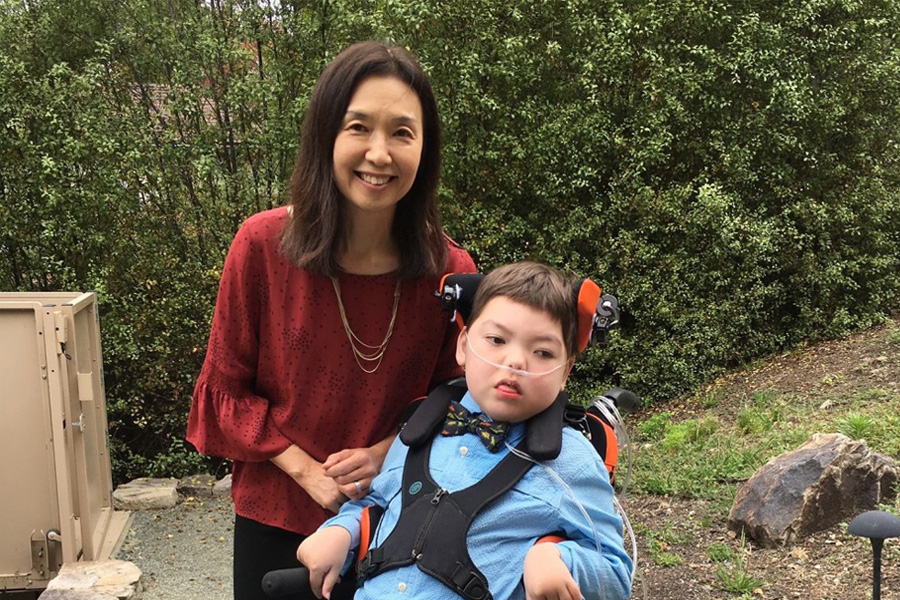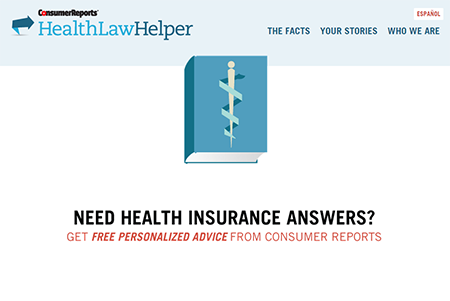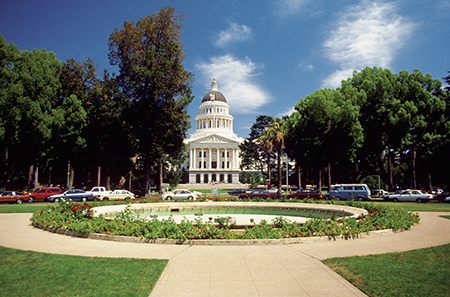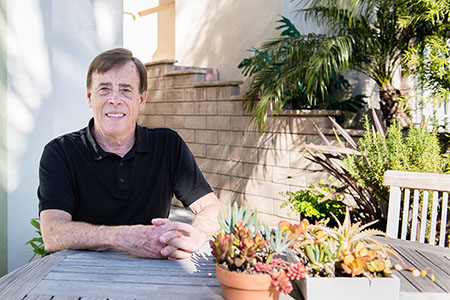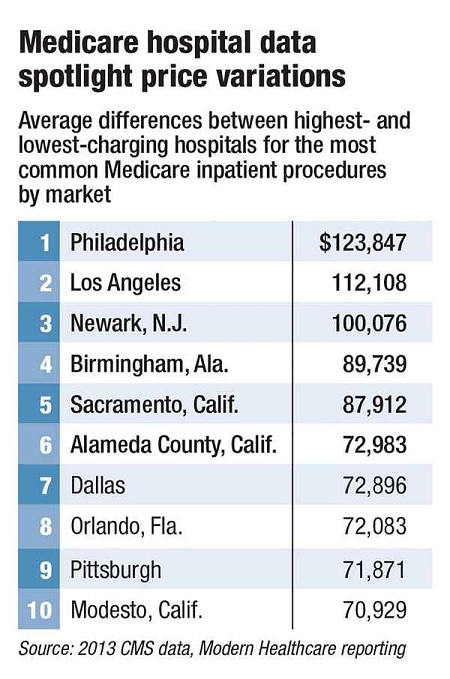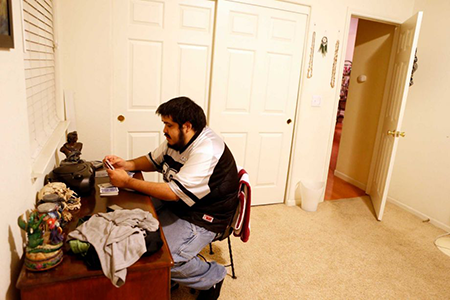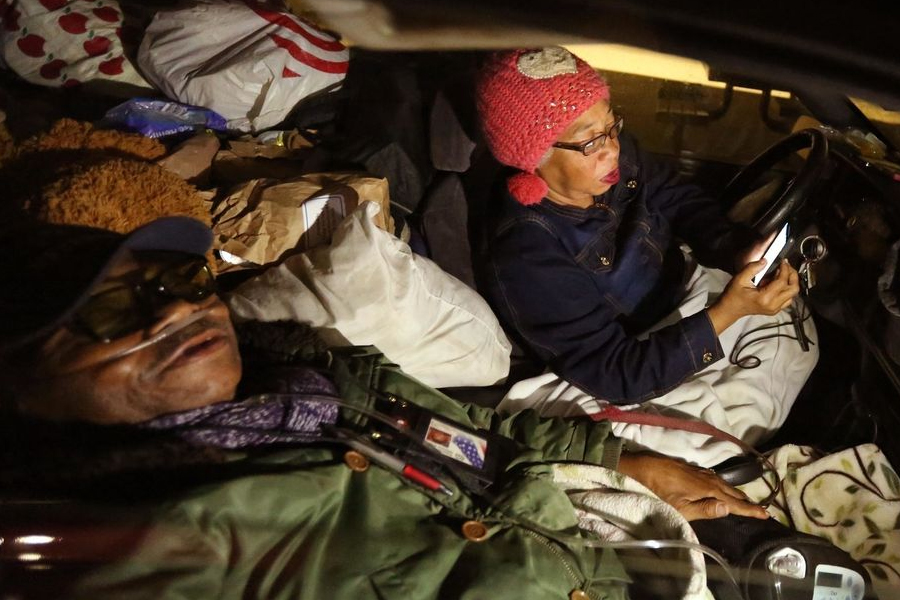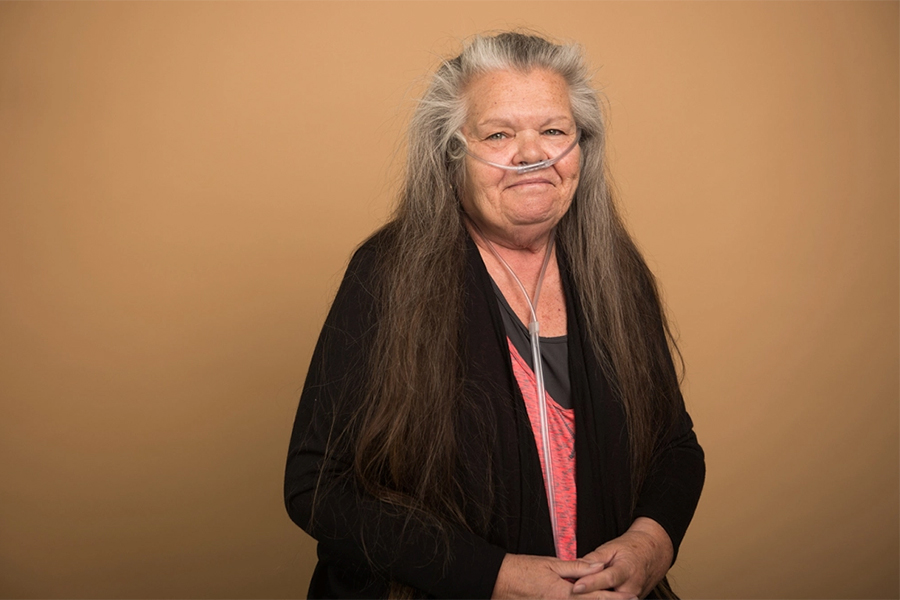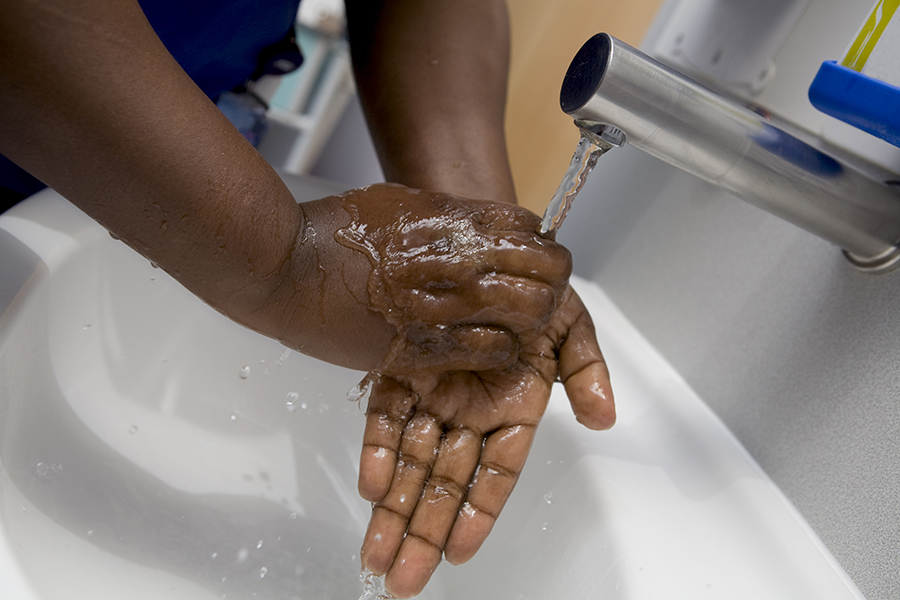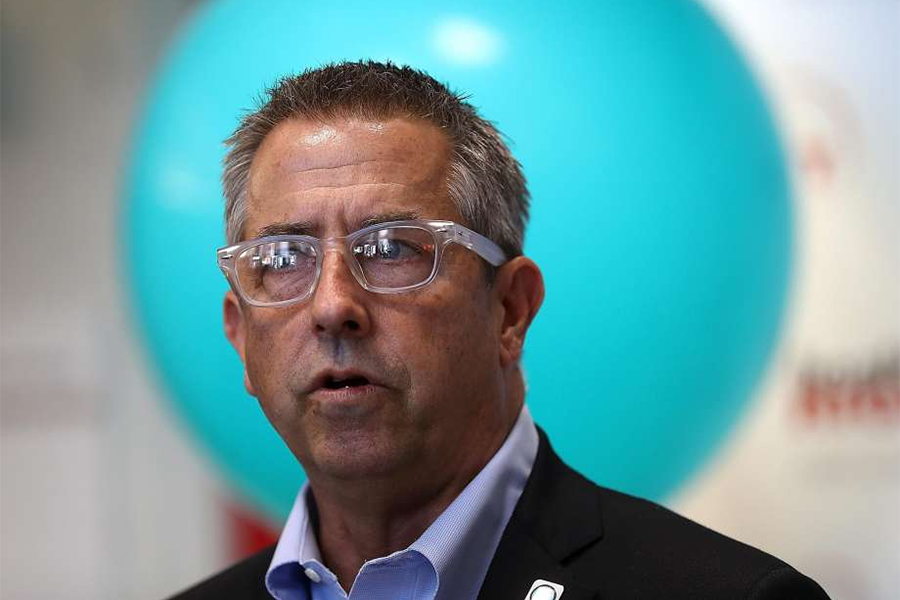This story originally appeared in California HealthLine
Joel Ario says he meant it as a compliment.
It was January 2011, and Ario — the White House’s point man on exchanges at the time — was having dinner with Diana Dooley, California’s newly installed HHS secretary. And seeking to praise California, Ario told Dooley that her state had emerged as one of the nation’s “pace cars” when it came to implementing the Affordable Care Act.
Dooley quickly corrected him, Ario recalled in an interview with California Healthline last week.
“[Dooley] told me, ‘Pace cars don’t actually win the race,'” Ario said. “‘We want to be the lead car.'”
Forty months later, California’s clearly pulled ahead of the pack.
No state signed up more residents during Obamacare’s first open enrollment period, or grew its Medicaid rolls by a larger amount.
But not all glitters in the Golden State. While Covered California drove national enrollment — nearly one in five of all 8 million national ACA sign-ups went through the state’s insurance exchange — its faltering website and sometimes spotty service made for an occasionally bumpy ride.
“Road to Reform” interviewed Ario and more than 10 other ex-officials and experts — many of whom also spoke with California Healthline last fall on the eve of open enrollment — to assess the state of the state’s Obamacare implementation, and what roadblocks loom ahead.
How California Grabbed Pole Position
As many of those experts predicted in interviews last fall, California’s early investments ended up staking the state to its later lead.
For example, the state and advocates focused on successfully growing California’s Medicaid program, a decision that’s been somewhat overlooked in recent months with all of the attention on the exchange. More than 600,000 state residents got coverage through California’s early expansion of Medi-Cal, the Low-Income Health Plan. And “we spent literally tens of millions of dollars [reaching out] to the lowest-income people,” says Daniel Zingale of the California Endowment.
The state and community groups also planned to pour more than $200 million dollars into exchange-related awareness and outreach, and while some of the marketing materials were panned as being too dry and earnest — Covered California made a commitment to stay away from “funny” advertisements — the final numbers speak for themselves, several state officials told California Healthline.
Even when the exchange’s website crashed under demand in early October, California was able to weather its early difficulties and bounce back — a pattern of flexibility that generally persisted throughout the enrollment period.
Meanwhile, the other purported pace cars couldn’t keep up, largely because of technical failures. Maryland’s website stalled out. Oregon’s never got out of the gate. Even vaunted Massachusetts had problems with its exchange’s engine.
California’s aggressive pursuit of Obamacare implementation allowed the state to maximize year one of coverage expansion, experts say. For example, when Covered California released its latest enrollment update last Thursday, the sheer totals were striking. As of April 15:
· 1.4 million people had signed up for private plans through the exchange — about twice as many as expected;
· 1.9 million people had enrolled in Medi-Cal, with 1.1 million coming through the exchange and 600,000-plus coming through the Low Income Health Plan; and
· 1.3 million Latinos had obtained coverage through the exchange or Medi-Cal.
The Golden State’s coverage gains look even more eye-popping when extrapolated nationwide.
As Larry Levitt of the Kaiser Family Foundation has consistently noted, Covered California ended up enrolling 42 percent of its projected eligible market. (Kaiser Health News is an editorially independent program of the Foundation.)
· If every state had kept up with California’s pace, national exchange enrollment would have topped 12 million.
· If every state had been limited to Massachusetts’ pace? National exchange enrollment would have been around 3 million.









